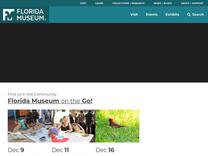Science Surprises: Exploring the Water Cycle – Florida Museum https://www.floridamuseum.ufl.edu/event/science-surprises-exploring-the-water-cycle-8-6-25/
Our neat science sessions bring the water cycle into your hands.
Our neat science sessions bring the water cycle into your hands.

